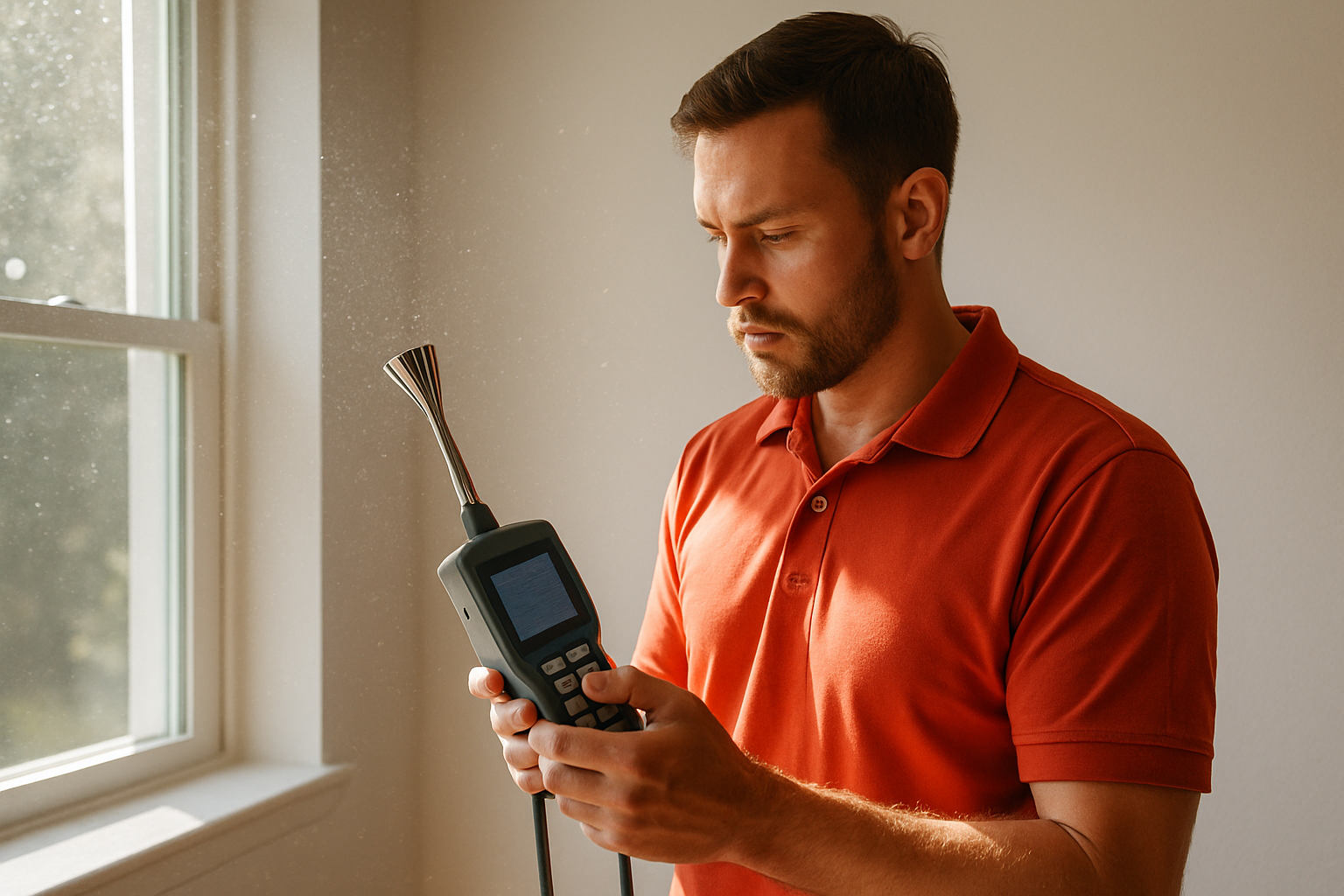How to Prepare Your Home for Rapid Snowmelt and Spring Flooding in Colorado

How to Prepare Your Home for Rapid Snowmelt and Spring Flooding in Colorado
Meta Title:How to Prepare Your Home for Rapid Snowmelt and Spring Flooding in Colorado
Meta Description:Protect your Colorado home from rapid snowmelt and spring flooding with expert tips to prevent water damage, mold, and costly repairs.
URL Slug:how-to-prepare-your-home-for-rapid-snowmelt-and-spring-flooding-in-colorado
Introduction
Each spring, Colorado homeowners face a recurring challenge — the transition from heavy winter snowfall to rapid snowmelt. Warmer temperatures can transform melting snow into powerful runoff that overwhelms drainage systems, saturates soil, and seeps into basements or crawl spaces. Preparing in advance is critical to minimize the risks of water damage, mold growth, and costly structural repairs. Understanding howrapid snowmelt and spring flooding in Coloradoaffects homes allows you to take preventive steps that protect both your property and your peace of mind.
TLDR – Quick Guide
- Clear gutters and downspouts to ensure water flows away from your foundation.
- Inspect sump pumps and backflow valves before spring arrives.
- Grade soil around your home to direct runoff away from vulnerable areas.
- Store valuables off the floor in basements or garages.
- Create an emergency plan in case of unexpected flooding.
Common Causes of Rapid Snowmelt and Spring Flooding
Temperature Fluctuations
Colorado’s high-altitude climate often produces sudden temperature swings. A few warm days following heavy snowfall can accelerate melting, quickly overwhelming drainage systems. This rapid change can turn a manageable situation into a flooding emergency.
Ice Dams and Blocked Drainage
Melting snow on rooftops can refreeze at night, forming ice dams that trap water. Instead of draining off the roof, water can seep under shingles and into attics or walls. Similarly, clogged gutters and drains force water to pool around your foundation.
Soil Saturation
When snowmelt soaks into already frozen or compacted soil, the ground cannot absorb additional water. Excess runoff moves toward lower areas, often flooding basements and crawl spaces.
How to Prepare Your Home
1. Inspect and Maintain Your Gutters
Clean gutters and downspouts before spring thaw. Ensure extensions direct water at least five feet away from your home’s foundation. Adding gutter guards can prevent debris buildup during the season.
2. Test Sump Pumps and Backflow Valves
A functioning sump pump is your first defense against basement flooding. Test it with a bucket of water and consider adding a battery backup in case of power outages. Check backflow valves to prevent sewage from backing up into your home.
3. Improve Grading Around Your Home
Walk around your property and check the slope of your soil. Regrade areas where water flows toward your foundation. Landscaping adjustments, such as adding swales or French drains, can provide extra protection.
4. Protect Valuable Belongings
Move furniture, electronics, and important documents off basement floors. Use waterproof bins to store seasonal items. This precaution helps limit damage if water intrusion occurs.
5. Plan for Emergencies
Keep sandbags, a wet/dry vacuum, and emergency contacts handy. Make sure your family knows where to shut off utilities if flooding becomes severe. Having a plan in place reduces stress during urgent situations.
Key Takeaways
- Rapid snowmelt and spring flooding in Colorado can cause sudden and severe water damage.
- Preventive steps such as gutter maintenance, grading, and sump pump checks are essential.
- Protecting valuables and creating an emergency plan ensures you’re ready for unexpected events.
- Seasonal preparation reduces long-term repair costs and protects property value.
- Acting before spring thaw is the most effective way to safeguard your home.
FAQs
1. Why is Colorado more prone to rapid snowmelt flooding than other states?
Colorado’s high elevation and heavy snowfall combine with sudden spring temperature spikes. These conditions cause faster-than-average melting, which quickly overwhelms natural and man-made drainage systems. The result is higher flood risk in a short time frame.
2. How can I tell if my sump pump is working properly?
Fill the sump pit with water and check that the pump activates automatically. The water should discharge outside, away from your foundation. If the pump hesitates, runs noisily, or fails to turn on, servicing is required before spring.
3. What areas of my home are most vulnerable to snowmelt flooding?
Basements, crawl spaces, and ground-level entryways are the most at risk. Water often enters through cracks in foundations, poorly sealed windows, or floor drains. Homes near rivers, streams, or steep slopes face additional exposure.
4. Should I consider flood insurance if I live in the Colorado mountains?
Yes, even if you’re outside a designated floodplain, spring snowmelt can cause localized flooding. Standard homeowners insurance rarely covers water damage from flooding. Flood insurance provides peace of mind during unpredictable weather events.
5. What emergency steps should I take if my basement begins to flood?
First, ensure everyone’s safety by turning off electricity in affected areas. Use a wet/dry vacuum or sump pump to remove water, if safe to do so. Call a professional restoration company, like Disaster Experts, for thorough drying and damage repair.
